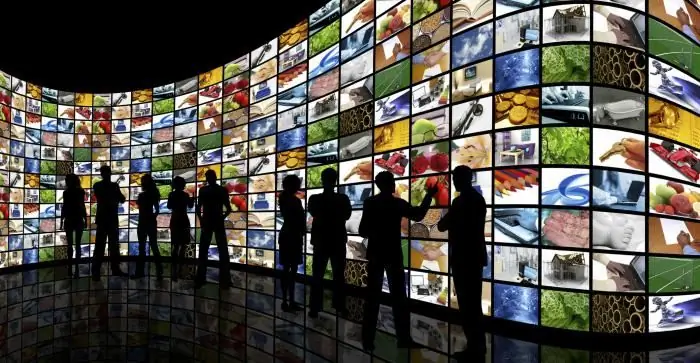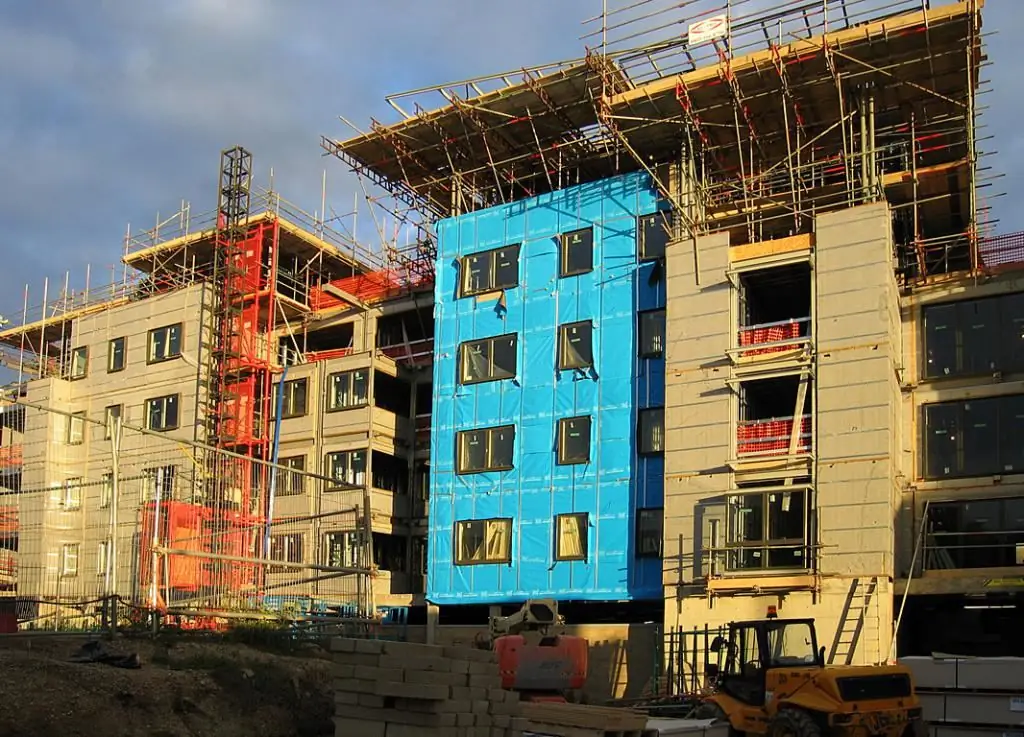2026 Author: Howard Calhoun | [email protected]. Last modified: 2025-06-01 07:12:56
It must be said that modern life would be quite uncomfortable without PVC. What is it for the modern economy? PVC parts today account for up to 15 kilograms of the total mass of an average European car, this material is used in the production of consumer goods (balls, clothing, shoes, furniture, flooring, credit cards, etc.)

Medicine has also been using PVC for more than half a century. What it is can be seen by referring to the numerous disposable equipment. Here you can find pill boxes, splints, surgical gloves, catheters, feeding equipment, blood containers. This material is cheap, successfully replaces rubber and glass, is easily sterilized, and can be used inside the human body.
If we look at the things that we have in our home, many of them are also made of PVC. What could it be? Polyvinyl chloride often forms the basis of electrical insulation, pipes, window profiles, children's toys, packaging materials, mobile phones, plastic bottles, toothpaste tubes and more.
What makes PVC so widespread? What is it from a chemical point of view? According to its formula (-CH2-CHCl-) in the degree of n (degree of polymerization), PVC is a synthetic polymer, which is among the basic ones and is produced from chlorine and oil (57 and 43 percent, respectively). Production processes are less than half dependent on the supply of petroleum products, which makes the production of this material profitable and its price low.

Polyvinyl chloride in its appearance is a white powdery substance with good dielectric properties. It is odorless and tasteless, insoluble in water, resistant to oxidation, burns poorly (due to chlorine in the composition), resistant to acids, mineral oils, alkalis, alcohols. When heated to 100 degrees C, the substance decomposes with the release of hydrogen chloride.
The production of PVC begins with the extraction of chlorine from a solution of sodium chloride (by exposure to an electric discharge). In parallel, ethylene is extracted from the oil (a procedure called "cracking"). The chlorine and ethylene are then combined to form ethylene dichloride. In turn, vinyl chloride (monomer) is created from the dichloride, which is then converted into the required substance during the polymerization process. Various components are added to it, allowing you to getfinished product with certain properties for the respective industry.

PVC manufacturers use three main methods for the polymerization of monomers: block, suspension and emulsion. In this case, suspensions are used to obtain soft, semi-rigid and rigid plastics, and emulsions are used for soft products obtained through plastisols. Depending on the absence or presence of plasticizers in the composition, unplasticized and plasticized material is produced, respectively. The first is less resistant to low temperatures (down to minus 15 degrees C), while the second can withstand cooling down to -60 degrees. Today, the most urgent problem associated with these substances is their collection and disposal.
Recommended:
Daily payment. Work for every day

Everyone wants to have a good job with a good salary, but does it always work out that way? Far from it. It is not always possible to find not only a job with a good salary, but also just a monthly salary. The best option is to pay daily. Working with this form of calculation is becoming more and more popular among thousands of people
Product is.. Production of products. Finished products

The economy of every country is based on industrial enterprises that produce products or provide services. The number of products manufactured by an enterprise is an indicator for assessing the effectiveness of a company, industry, and even the entire national economy
Trinity market in Samara - an abundance of products and things for every taste

Troitsky market in Samara is an excellent shopping complex, which has more than 90 outlets offering customers a wide range of goods from clothing to food and building materials. Where the market is located and what hours it works, you can find in the article
Operating day - part of the working day of a banking institution. Bank working hours

A transaction day is an accounting transaction cycle for the corresponding calendar date, during which all transactions are processed. They should be reflected in off-balance sheet and balance sheet accounts through the preparation of a daily balance sheet
Material consumption of products characterizes manufacturability of products

To analyze the perfection of the developed design, a number of technical and economic indicators are used, one of which is the material consumption of products. This parameter allows you to evaluate the level of manufacturability of the product and compliance with the required technical standards

